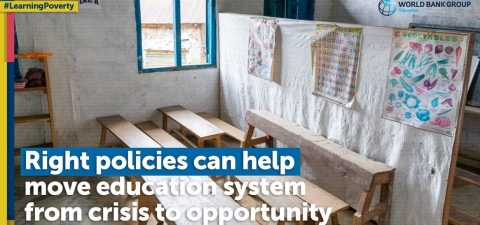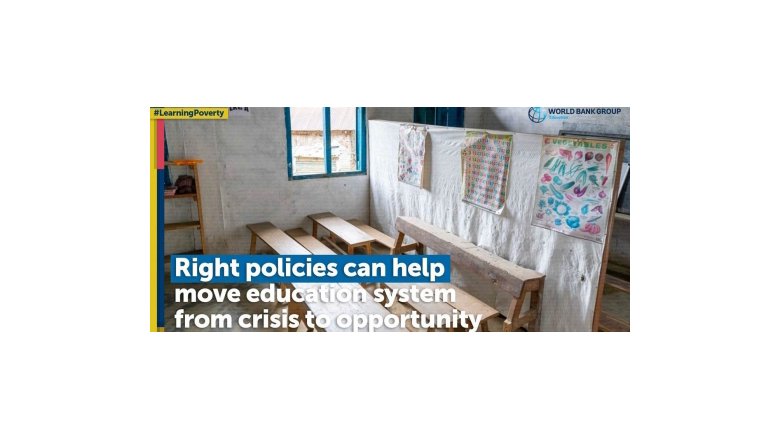- The COVID-19 pandemic threatens education progress worldwide through two major shocks:
1. The near-universal closing of schools at all levels and
2.The economic recession sparked by pandemic-control measures
- Without major efforts to counter their impacts, the school-closings shock will lead to learning loss, increased dropouts, and higher inequality, and the economic shock will exacerbate the damage, by depressing education demand and supply as it harms households. Together, they will inflict long-run costs on human capital and welfare.
- But if countries move quickly to support continued learning, they can mitigate the damage and even turn recovery into new opportunity.
- The policy responses to achieve this can be summarized in three overlapping phases:
1. Coping
2. Managing Continuity
3. Improving and Accelerating
- In implementing these policies, education systems should aim to recover but not replicate the past—given that in many countries, the pre-COVID status quo was already characterized by too little learning, high levels of inequality, and slow progress.
- Countries now have an opportunity to “build back better”: they can use the most effective crisis-recovery strategies as the basis for long-term improvements in areas like assessment, pedagogy, technology, financing, and parental involvement.

